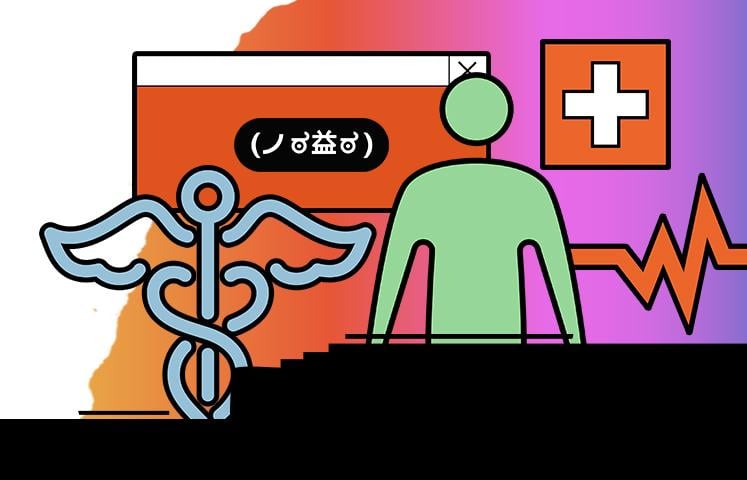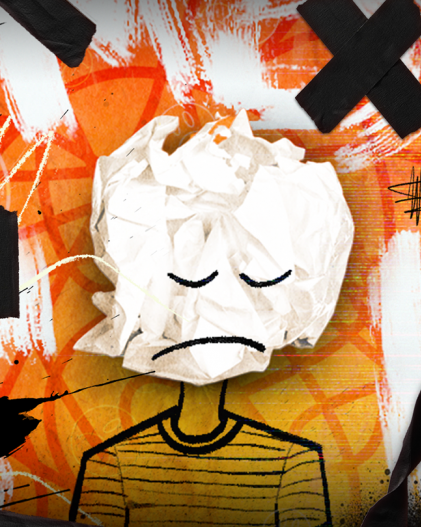
Meet EX Program
Meet EX Program
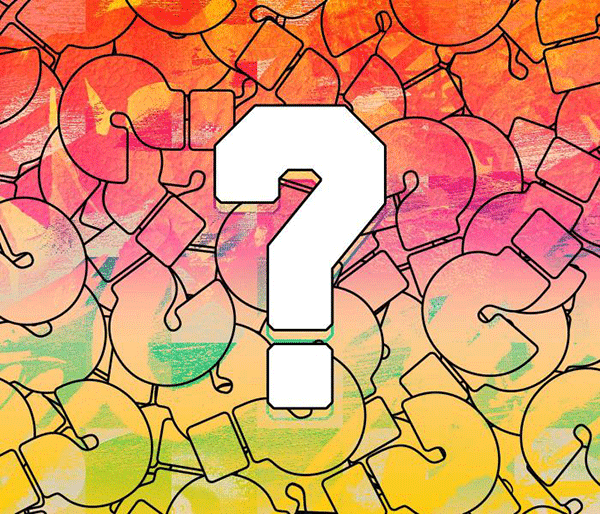
What you should know
What you should know
E-cigarettes and vapes contain nicotine, a highly addictive substance also found in cigarettes and other tobacco products. In addition to nicotine, these products contain toxic substances like arsenic, aluminum, and lead, which can negatively impact brain function, as well as overall health.
Thanks to recent studies, we now know that vaping nicotine can negatively impact our mental health. In fact, current vapers have twice the odds of being diagnosed with anxiety and depression compared with people who have never vaped.
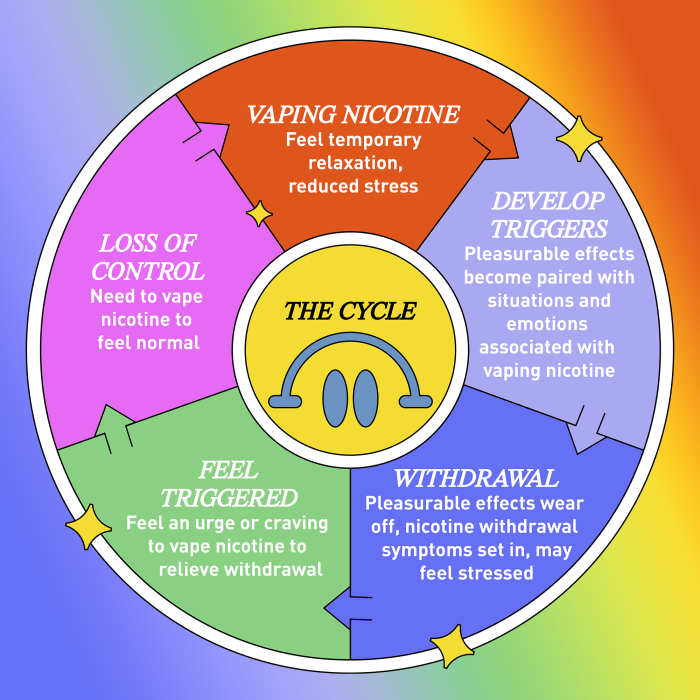
Nicotine withdrawal is hard.
Nicotine withdrawal is hard.
Quitting vaping leads to a cycle of withdrawal Vaping can lead to a cycle of withdrawal that can be challenging to overcome. Nicotine withdrawal symptoms vary from person to person but commonly consist of mood swings, irritability, headaches, and even feelings of anxiety and depression.
The withdrawal timeline is also different for everyone, but according to a 2015 study, symptoms like these set in between 4 and 24 hours after the last use, peak on day 3, and typically subside during the following 3-4 weeks.
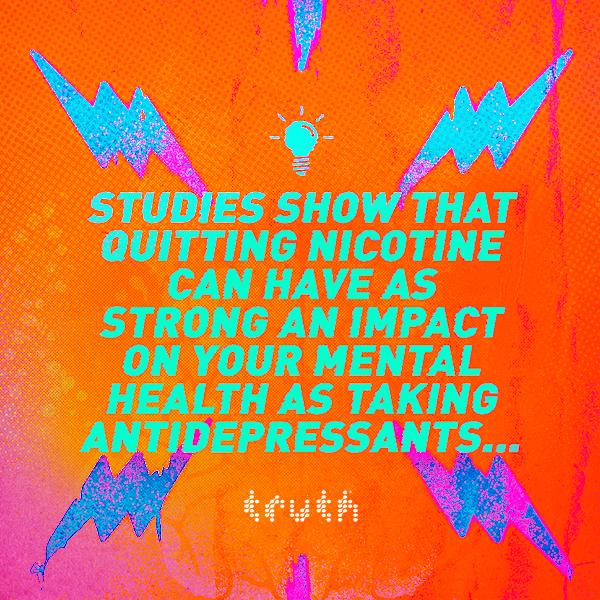
It gets better
It gets better
Quitting vaping isn’t easy. It's a difficult process that could take weeks or even months. You’ll probably experience strong cravings and temptations to vape, making the day-to-day really tough, but the withdrawal symptoms are temporary, and it will get easier.
Each day you go without your vape is a day closer to a healthier, happier you. Stay optimistic and focused on why you decided to quit.
